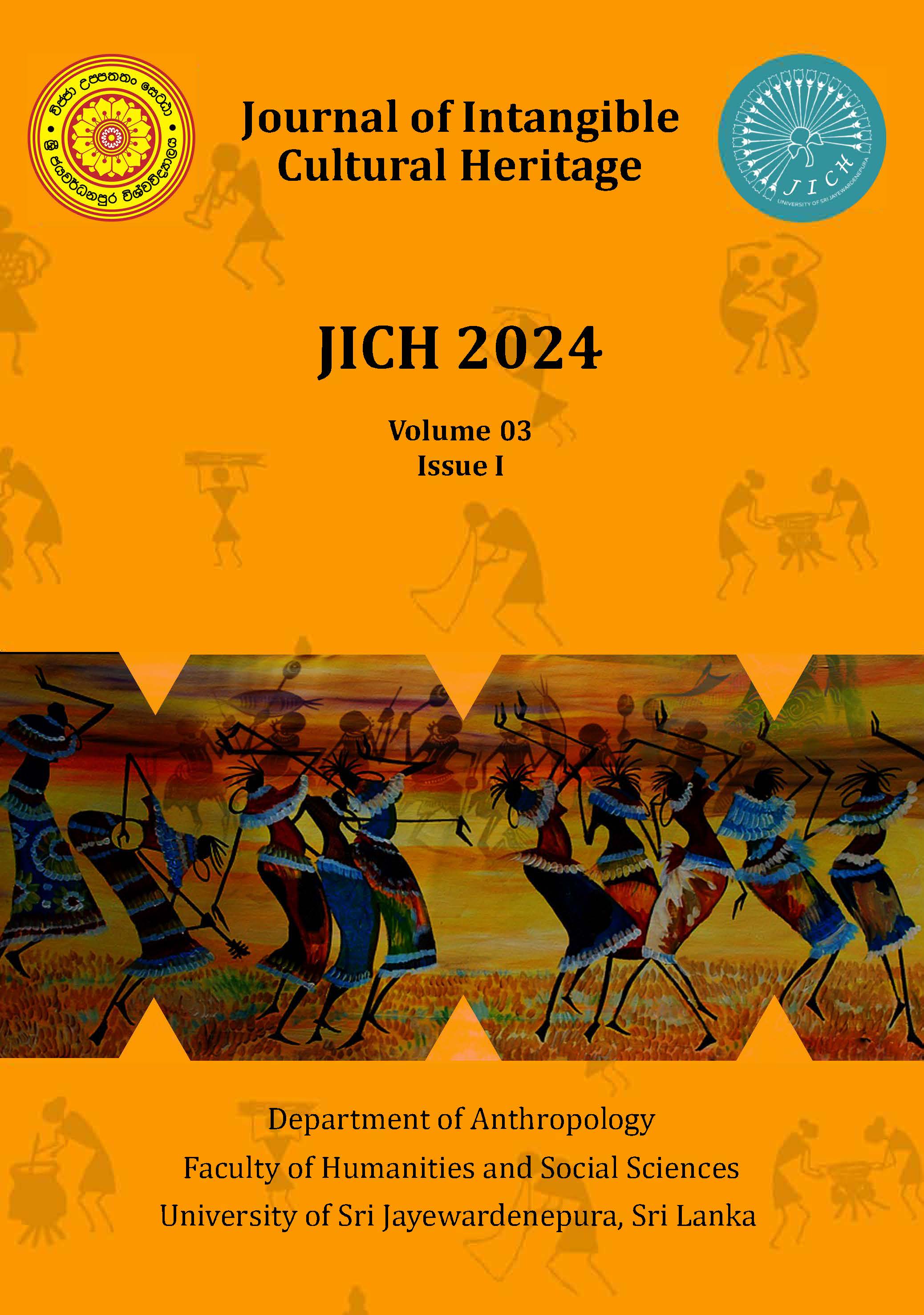Treatments of Plant Diseases and Pests According to Vrikshayurveda Classics: A Review
Abstract
Ayurveda was theorized more than 5000 years back and is practiced unto this day by more than 50% of the rural population. Like the medical science for humans (Ayurveda) similar science Vrikshayurveda was also developed for plants. Vrikshayurveda mainly deals with various aspects of plants. This paper mainly focusses on the treatments of plant diseases and pests according to the Vrikshayurveda classics. An effort is made here to review several ancient literature and current journal articles on Vrikshayurveda and to extract information on treatments of plant diseases and pests as it is necessary to disseminate this valuable knowledge on ancient practices in the organic production and managing of agricultural crops and medicinal plant diseases. According to the findings, Vrikshayurveda classifies the plant diseases as Nija and Aganthu. Nija disorders are caused by the imbalance of the Tridosha namely vata, pitta and kapha. Whereas Aganthuja disorders are due to external factors as pests and natural disasters, lightning etc. In diseases due to vata origin, plants become slender, occurrence of knots in trunk and leaves, and hard fruits with less juice and flavor. Such diseases can be treated by using flesh, fat, and ghee. Kapha illnesses develop when trees are overwatered with sweet, oily, sour or cold substances in the winter and spring. Plants affected by Kapha disorders, show symptoms such as deformed plant leaves, prolonged bearing of fruits, pale fruits, dwarfed, tasteless, premature, slow ripening of fruits and loss of natural taste. These plants should be treated by using decoctions of bitter, strong and astringent ingredients like the Panchamoola decoction. Pitta dosha related diseases show symptoms like leaves turning yellow, paleness of leaves, flowers and fruits, premature fruit drops, ripening of fruits rotting. As a treatment make a decoction of licorice root (Glycyrrhiza glabra) and bark of Indian butter tress and let it cool down. Then mix it with milk and honey and pour it down at the bottom of the tree. For diseases due to aganthu, treat by watering the tree with cold water for 7 days, sprinkling a mixture of water and oil cake on affected creepers, sprinkling ash and brick dust powder on invading insects. Therefore, these findings on ancient wisdom coupled with modern technologies will benefit the mankind.


